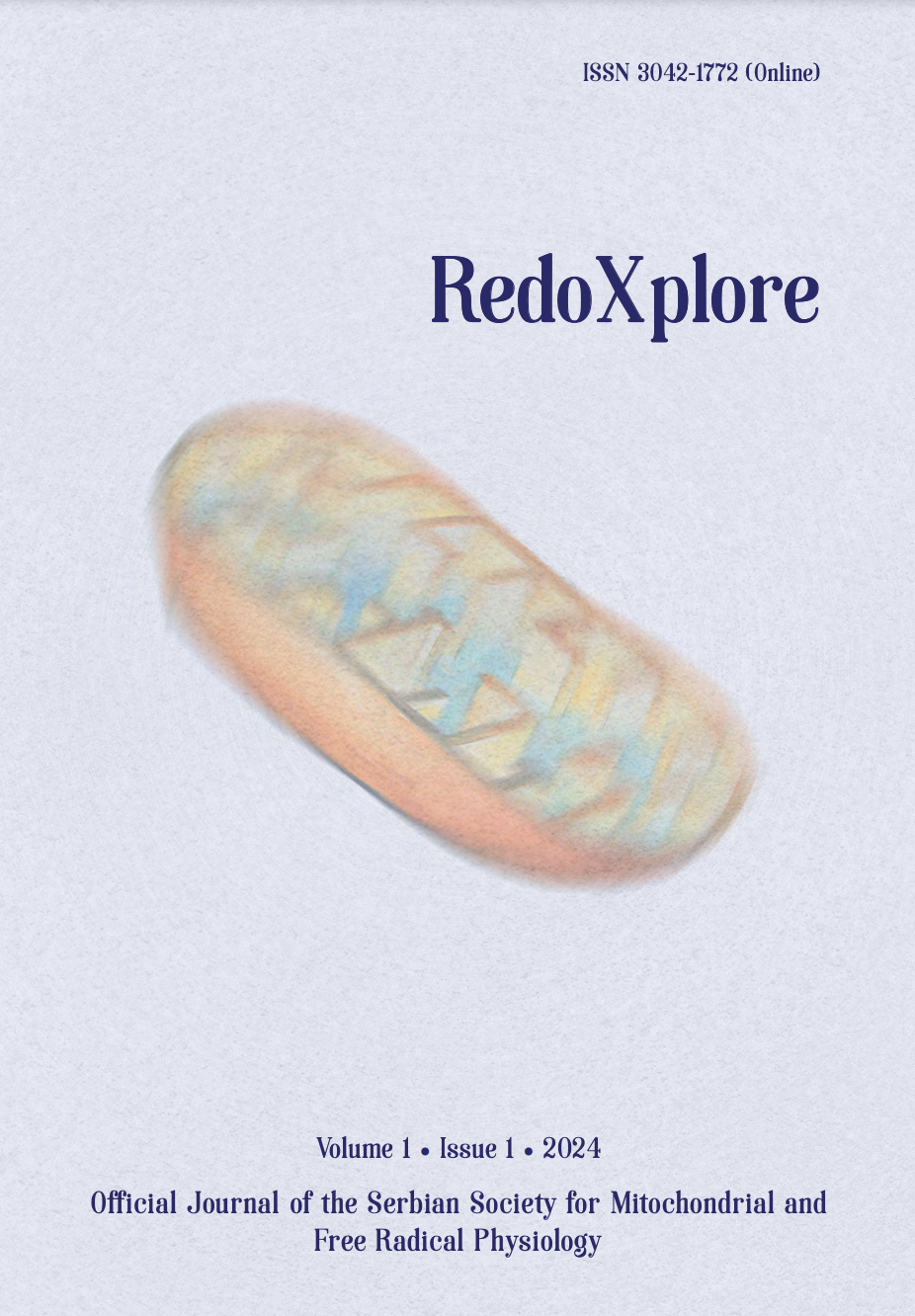
More articles from Volume 1, Issue 1, 2024
REDOX AND METABOLIC REPROGRAMMING OF BREAST CANCER CELLS AND ASSOCIATED ADIPOSE TISSUE - THE CORNERSTONES OF ADAPTIVE TUMOUR BEHAVIOUR
INSULIN MODULATES MITOCHONDRIAL STRUCTURAL AND FUNCTIONAL MOSAICISM IN BROWN ADIPOCYTES
NITRITE MITIGATES OXIDATIVE BURST IN ISCHEMIA/REPERFUSION IN BRAIN SLICES
NITRIC OXIDE, SUPEROXIDE AND PEROXYNITRITE – REDOX REGULATION OF THE CARDIOVASCULAR SYSTEM BY NITRO-OXIDATIVE STRESS AND S-NITROS(YL)ATION
DIETARY NITRATE AS PIVOT ON THE GUT MICROBIOTA-HOST REDOX COMMUNICATION
REGULATION OF INTRACELLULAR CYSTINE REDUCTION AND PROTEIN CYSTEINYLATION
Department of Physiology, Faculty of Pharmacy, University of Valencia , Valencia , Spain
Editor: Bato Korac
Published: 29.08.2024.
Keynote lectures
Volume 1, Issue 1 (2024)
Abstract
The reduction of intracellular cystine to yield cysteine is critical for protein or glutathione synthesis and many other important biological processes, but its regulation is still unknown. We have shown that the thioredoxin-related protein of 14 kDa (TRP14) is the rate-limiting enzyme for intracellular cystine reduction. Upon TRP14 deficiency, cysteine synthesis through the transsulfuration pathway becomes the major source of cysteine in human cells, and knockout of both pathways is lethal in C. elegans subjected to proteotoxic stress. TRP14 can also reduce protein cysteinylation. However, paradoxically TRP14 knock-out mice were protected in acute pancreatitis through activation of Nrf2 and upregulation of the transsulfuration pathway, thus exhibiting less inflammatory infiltrate and edema. Therefore, TRP14 seems to be the enzyme principally responsible for intracellular cystine reduction, and it is also able to regulate protein cysteinylation together with thioredoxin 1.
Citation
Copyright

This work is licensed under a Creative Commons Attribution-NonCommercial-ShareAlike 4.0 International License.
Article metrics
The statements, opinions and data contained in the journal are solely those of the individual authors and contributors and not of the publisher and the editor(s). We stay neutral with regard to jurisdictional claims in published maps and institutional affiliations.






